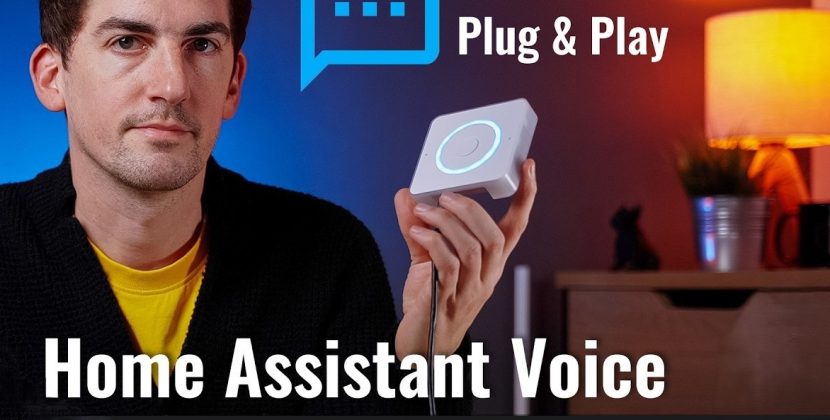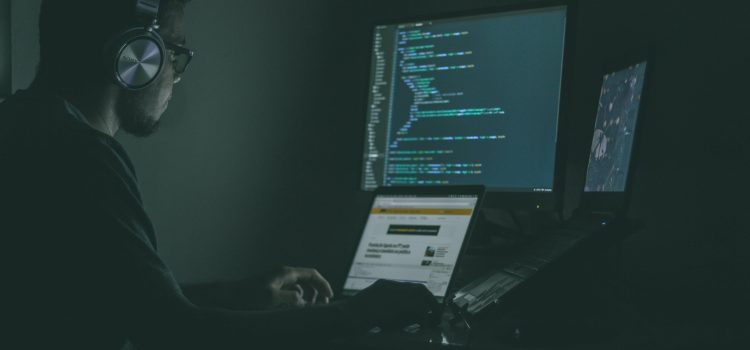
Introduction
Social media has revolutionized the way we connect, share information and interact with people from all over the world. However, it’s not all sunshine and rainbows in the digital realm. The dark side of social media has emerged in recent years, causing significant harm to individuals and communities alike. Online harassment is one such issue that has taken center stage as a growing concern for many people who use social platforms regularly. In this blog post, we will delve into the disturbing trend of online harassment and its impact on our lives- both personally and professionally. From cyberbullying to stalking, join us as we explore this modern-day menace that seems to be taking over our lives!
The Different Types of Social Media Harassment
When most people think of social media, they think of a fun and easy way to stay connected with friends and family. However, there is a dark side to social media that is often overlooked. Social media harassment is a real and growing problem that can have serious consequences for victims.
There are many different types of social media harassment, but some of the most common include: cyberbullying, online stalking, doxxing, and trolling. Each of these activities can be incredibly harmful and cause lasting damage to the victim.
Cyberbullying is perhaps the most well-known type of social media harassment. It occurs when someone repeatedly sends mean or threatening messages to another person online. This can happen through text message, social media platforms, or even email. Cyberbullying can have serious consequences, including low self-esteem, anxiety, depression, and even suicide.
Online stalking is another form of social media harassment that can be just as dangerous as cyberbullying. Stalkers will often use social media to track their victim’s whereabouts and activities. They may also send threatening or harassing messages in an attempt to intimidate or control their victim. Doxxing is another type of online harassment that involves revealing personal information about someone without their consent. This information may include addresses, phone numbers, email addresses, or even credit card information. Doxxing can be incredibly harmful and puts victims at risk for identity theft or other crimes.
Trolling
The Consequences of Social Media Harassment
Harassment on social media platforms is becoming more and more common, with disastrous consequences for victims. While some forms of online harassment are relatively harmless, such as trolling or name-calling, others can be much more damaging. cyberbullying, doxxing, and swatting are all examples of online harassment that can have serious real-world consequences for victims.
Cyberbullying is a form of online harassment that involves using social media to deliberately bully or harass someone. This can include posting mean or hurtful comments, spreading rumors or lies about someone, or sending threatening messages. Doxxing is another form of online harassment which involves revealing personal information about someone without their consent. This information can include things like addresses, phone numbers, email addresses, and financial information. Swatting is a dangerous prank whereby someone falsely reports an emergency at a victim’s address in order to get the police to respond with force.
Victims of online harassment often suffer from anxiety, depression, and insomnia as a result of the stress and fear caused by the continuous stream of abuse. In extreme cases, victims have been known to take their own lives as a result of the overwhelming feelings of hopelessness and despair caused by online harassment. It is therefore essential that we do something to stop this epidemic of digital abuse.
How to Protect Yourself from Social Media Harassment
The internet can be a great place to connect with friends and family, but it can also be a breeding ground for online harassment. Social media harassment is a type of online harassment that takes place on social media platforms like Facebook, Twitter, and Instagram.
There are a few things you can do to protect yourself from social media harassment:
-Avoid posting personal information online. This includes your home address, phone number, email address, and date of birth.
-Be aware of the privacy settings for each social media platform you use. Make sure only people you know and trust have access to your information.
-Think twice before posting anything that could be considered controversial or offensive. Once something is posted online, it can be difficult to take it back.
-If you are being harassed online, don’t hesitate to report it to the social media platform or the police.
Conclusion
While social media can be an incredibly powerful tool for bringing people together, it can also have its negative side. We have seen in this article how online harassment can take over our lives and make us fear even the most basic of daily activities. It is clear that more needs to be done to combat this issue before it gets out of hand, such as increased government regulation and greater awareness among users. Our only hope is that by taking these steps we will not just stop online harassment from escalating further but help bring about a safer and healthier digital world for all of us.










